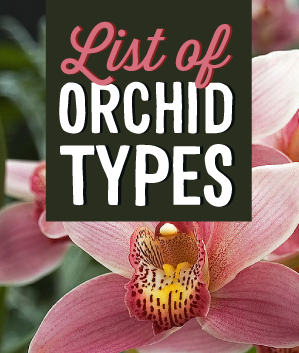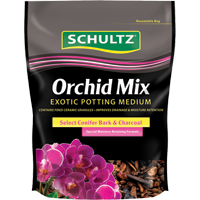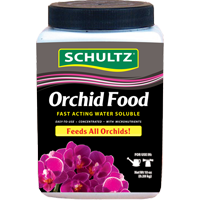
To give you a small sampling of what is available, we have provided a brief description and tips on care for eight of the most popular orchids around.
Cattelya
Known for producing wide, waxy, blooms in colors that range from a deep lavender to pristine snow whites. Due to their need for high humidity (50-60%) and well-regulated warmth, most cattleyas are best grown in a greenhouse environment. If you attempt to grow one indoors, however, opt for a south-facing window to ensure that the plant receives plenty of heat and light.
Coelogyne
Species within this genus are usually excellent choices for beginners. They tend to be free flowering, and most of them can withstand somewhat cooler conditions compared to other orchids. Grow indoors or in a cool greenhouse, providing well-lit conditions.
Cymbidium
The miniature hybrids of this popular terrestrial orchid are not only easy to care for, but they also are much more manageable than larger orchids. They are limited in size and they are free flowering but with compact blooms. They can be grown both in a greenhouse and indoors with no winter resting period. They require full light in the winter, and shade from direct sunlight during the summer. Repot container grown plants every other year in a light bark-based potting mix to help ensure continued blooming.
Miltonia
The “Pansy Orchid” derives its name from its velvety, medium sized blooms that resemble the pansies in form. Orchids from this genus are suitable for growing in a greenhouse or in a warm room indoors. If growing indoors be careful to avoid exposing the plant to any cold weather or drafts. Also avoid wet conditions or temperature changes. They require no winter rest and prefer medium light and temperatures in the 55-70 degrees Fahrenheit range.
Odontoglossum
The “Tiger Orchid” is so named for its boldly striped blooms. Most species within this genus require good lighting, high humidity, and a period of rest in the winter. This orchid is popular because of its exceptionally large blooms, which can often extend almost 6 inches across.
Paphiopedilum
Also known as the “Lady’s Slipper Orchid.” Species within this genus have an exaggerated pouch, attractive, arching, foliage, and medium sized blooms. They require no winter rest period, and most prefer low to medium light and temperature ranges between 55 and 70 degrees Fahrenheit.
Phalaenopsis
The “Moth Orchid” offers long sprays of bright, cheery blooms on gracefully arching stalks. Flowers tend to be flat-faced, and vary in size depending on the specific species in question. These prefer low to medium light, relatively high humidity and warmer than normal temperatures (between 60 and 85 degrees Fahrenheit). If grown indoors, place the plant’s pot near an east or west-facing window and provide some sort of screening from full, direct sun.
Vanda
Vanda’s are a freely blooming, single-stemmed orchid with curving, strap-like leaves. It produces 5-10 medium sized blooms on each horizontal flower stalk. Like most orchids, it prefers a warm environment, no lower than 65 degrees Fahrenheit. Because they are somewhat difficult to grow, Vandas are typically not recommended for beginners. In experienced hands, however, well-tended plants often reach impressive heights and put forth absolutely stunning displays of foliage and blooms.











